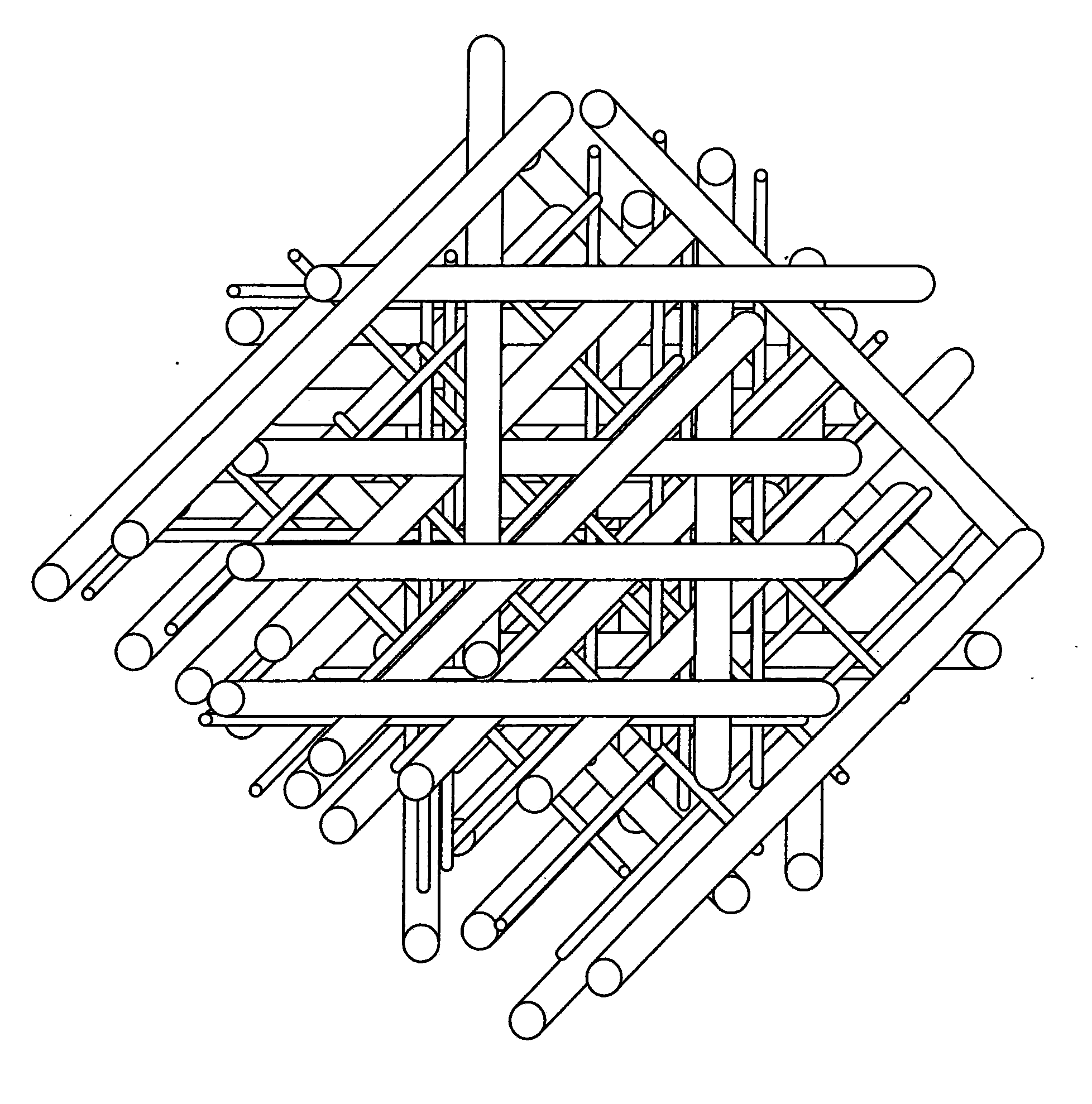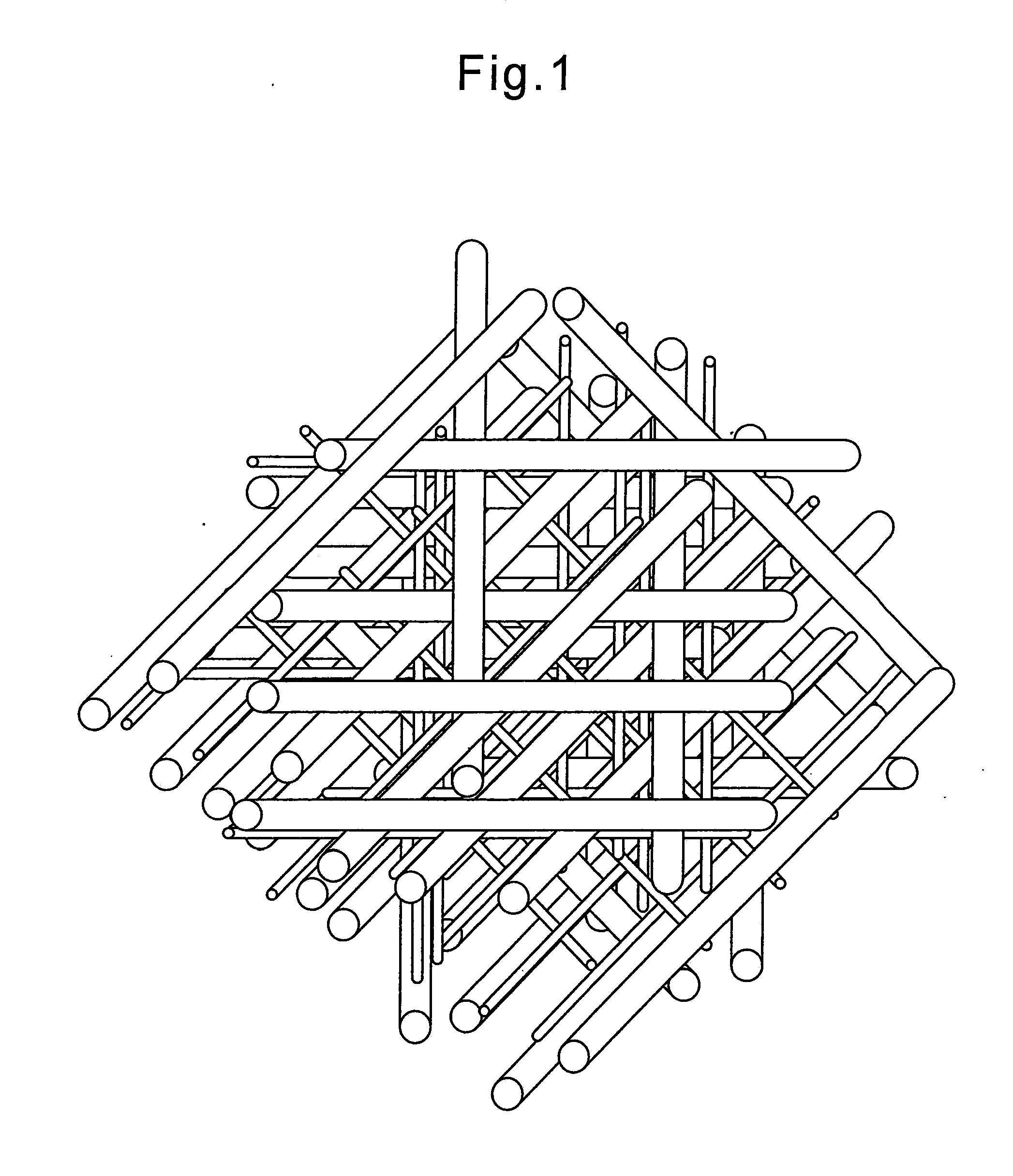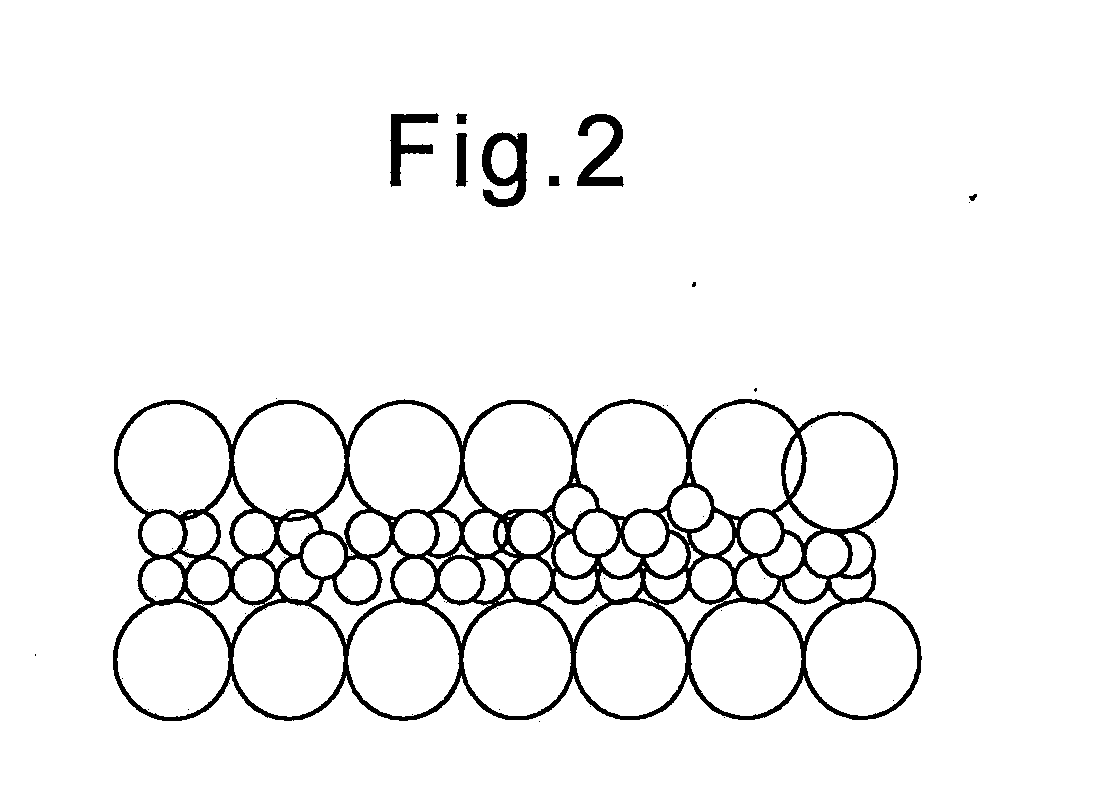Electromagnetic shielding sheet technical field
a technology of electromagnetic shielding and shielding sheets, applied in the field of electromagnetic shielding sheets, can solve the problems of electromagnetic wave leakage from electronic devices on digital devices, decrease in electromagnetic wave shielding properties, and increase in metal coatings, so as to reduce the amount of metal coating, improve the adhesion of metal coatings, and reduce the thickness of bases
- Summary
- Abstract
- Description
- Claims
- Application Information
AI Technical Summary
Benefits of technology
Problems solved by technology
Method used
Image
Examples
examples
[0061]Although the following provides a more detailed explanation of the present invention through examples thereof, the present invention is not limited to these examples. In addition, the various physical properties and characteristics of the electromagnetic shielding sheet of the present invention were measured in accordance with the methods indicated below.
[0062](1) Weight per unit area (g / m2): The weight of a sample measuring 24 cm×33 cm was converted to weight per square meter (m2).
[0063](2) Thickness (μm): Thicknesses at 10 locations per 1 m of width were measured in accordance with the method defined in JIS L-1906 followed by determination of the average value thereof. The load was 9.8 kPa.
[0064](3) Average fiber diameter (μm): Enlarged micrographs were taken at a magnification of 500× with an electron microscope, followed by determining the average value for 10 fibers.
[0065](4) Non-woven fabric tensile strength (N / 3 cm): Test pieces having a width of 30 mm and a length of a...
example of
Production of Non-Woven Fabric and Metal Plating
[0090]General-purpose polyethylene terephthalate was extruded with a group of long filaments facing towards the movement capturing surface at a spinning temperature of 300° C. by spun bonding, the fibers were spun at a spinning speed of 3500 m / min and then charged to about 3 μC / g by coronal discharge to adequately open the fibers, and an unbound long filament web composed of filaments having an average fiber diameter of 16 μm and having uniformity on the order of a 5 cm fluctuation rate of 15% or less was prepared on the surface of a capturing net at a weight per unit area of 12.5 g / m2 (Non-Woven Fabric Layer A).
[0091]On the other hand, polyethylene terephthalate (melt viscosity ηsp / c: 0.50) was spun by melt blowing under conditions of a spinning temperature of 300° C., hot air temperature of 320° C. and air discharge rate of 1000 Nm3 / hr / m, followed by blowing ultrafine fibers having an average fiber diameter of 1.6 μm directly towards...
example 1
[0095]The composition of base materials having the fiber diameters and weight per unit areas of the first layer, second layer and third layer of a laminated non-woven fabric composed of polyester fibers obtained according to the aforementioned method is shown in the following Table 1. The electromagnetic shielding sheet obtained in the aforementioned production example demonstrated favorable metal adhesion, a small increase in thickness after metal working of 3 μm, and high shielding properties. The evaluation results are similarly shown in the following Table 1. The resulting electromagnetic shielding sheet had an extremely thin thickness after metal forming of 30 μm and demonstrated high shielding properties (65 dB).
PUM
| Property | Measurement | Unit |
|---|---|---|
| diameter | aaaaa | aaaaa |
| diameter | aaaaa | aaaaa |
| thickness | aaaaa | aaaaa |
Abstract
Description
Claims
Application Information
 Login to View More
Login to View More - R&D
- Intellectual Property
- Life Sciences
- Materials
- Tech Scout
- Unparalleled Data Quality
- Higher Quality Content
- 60% Fewer Hallucinations
Browse by: Latest US Patents, China's latest patents, Technical Efficacy Thesaurus, Application Domain, Technology Topic, Popular Technical Reports.
© 2025 PatSnap. All rights reserved.Legal|Privacy policy|Modern Slavery Act Transparency Statement|Sitemap|About US| Contact US: help@patsnap.com



